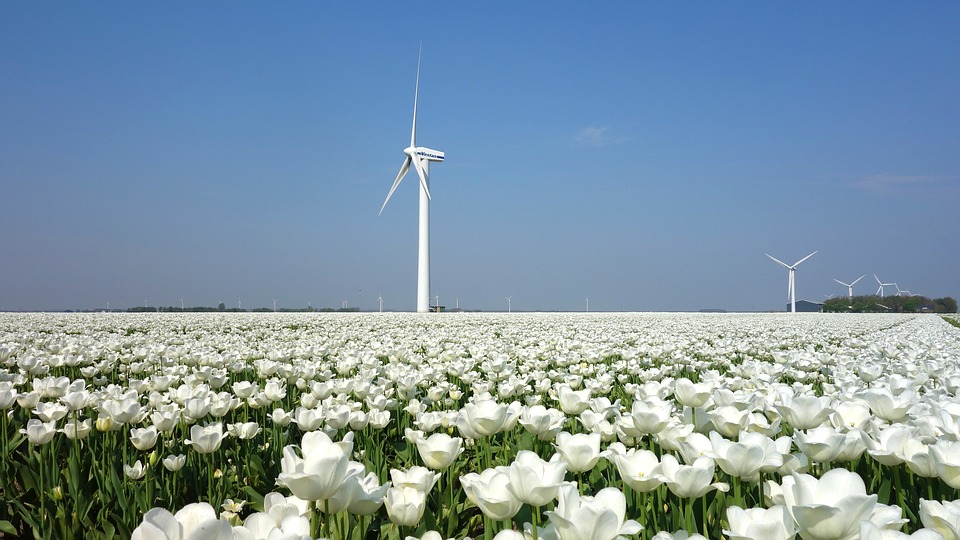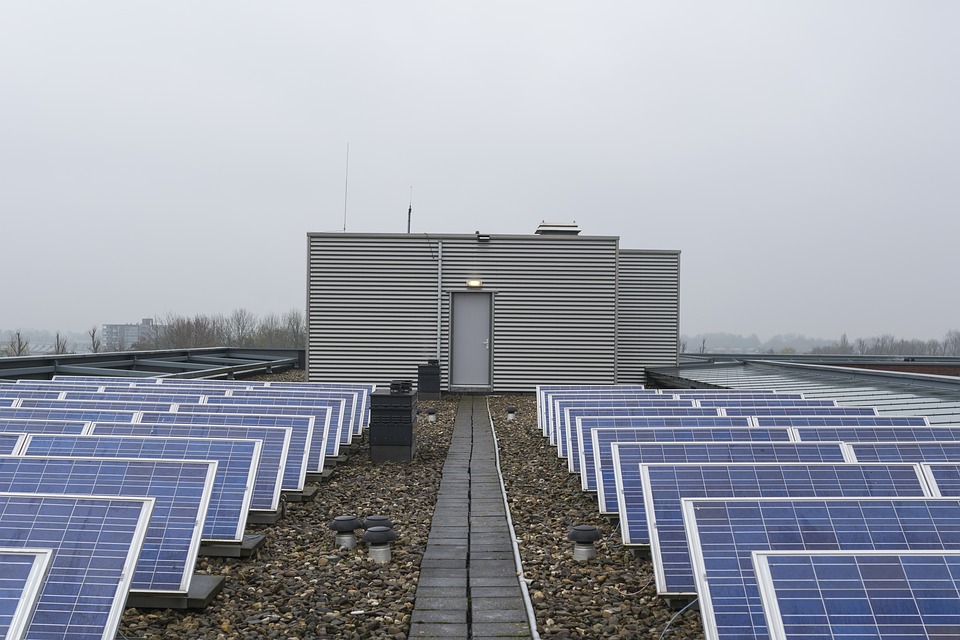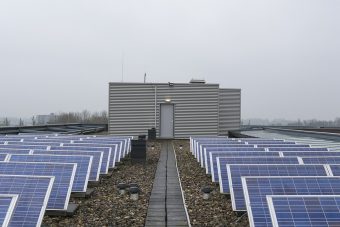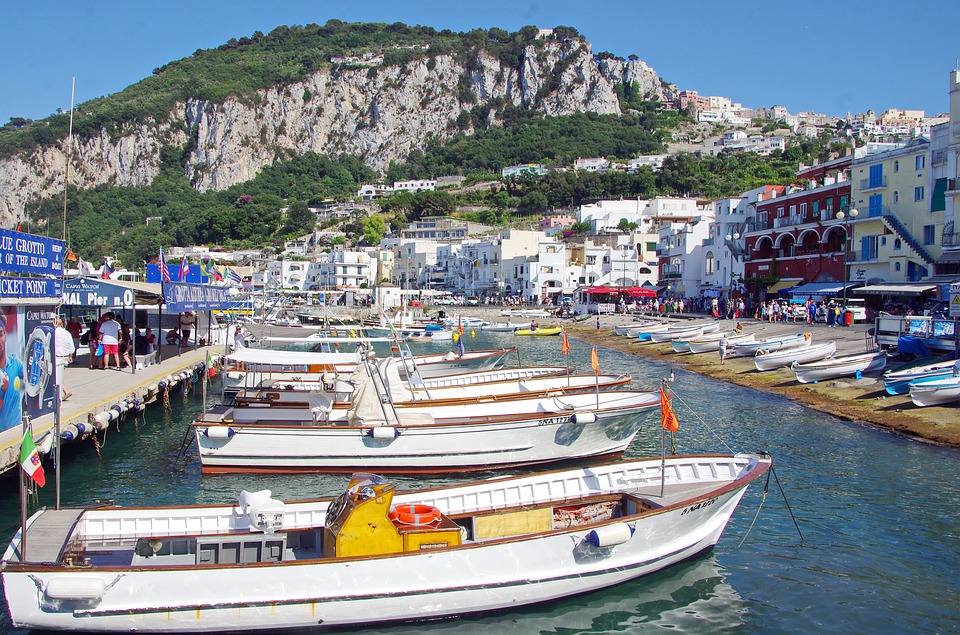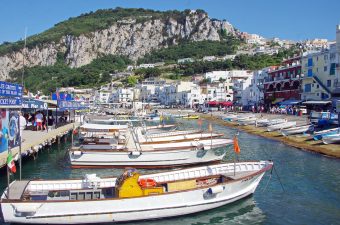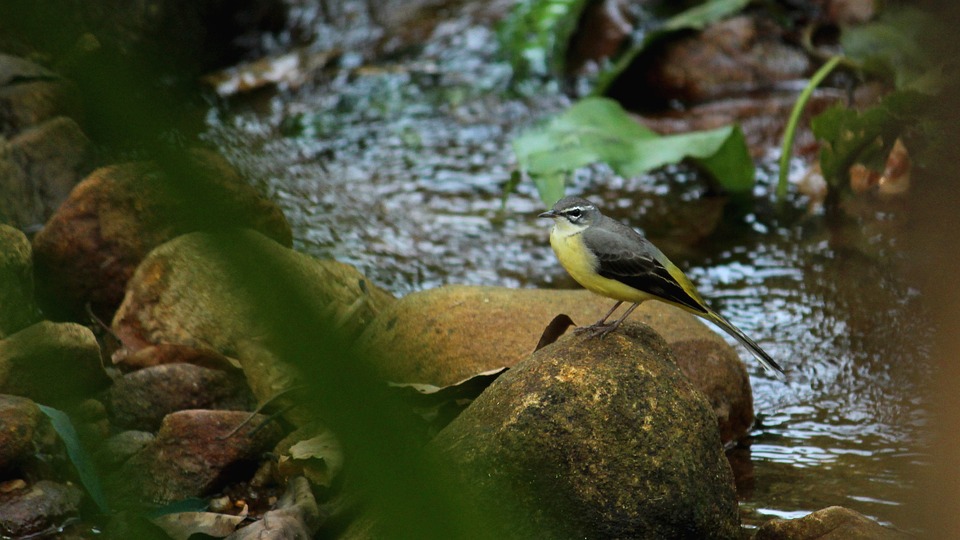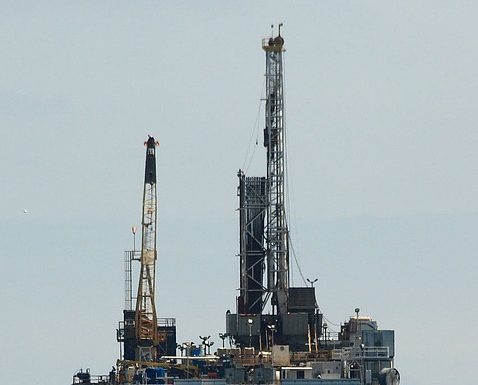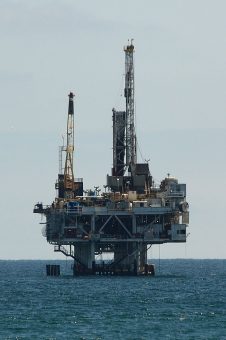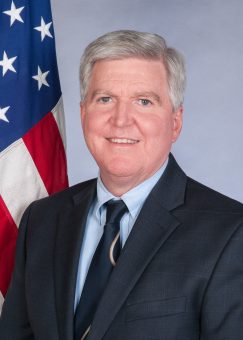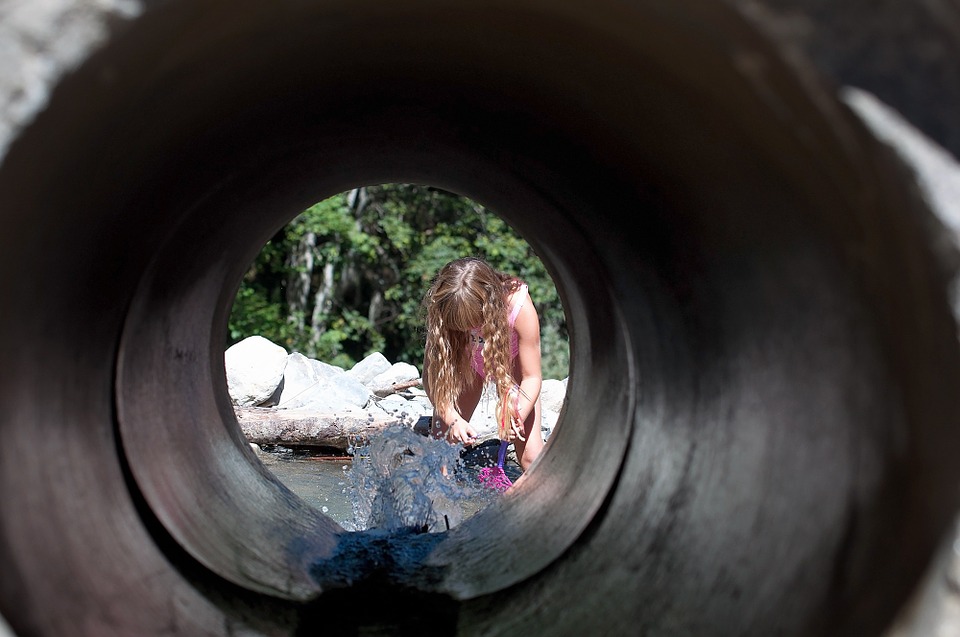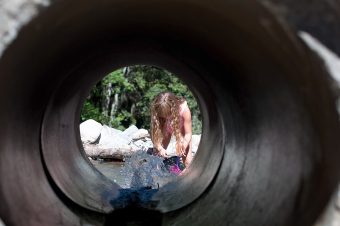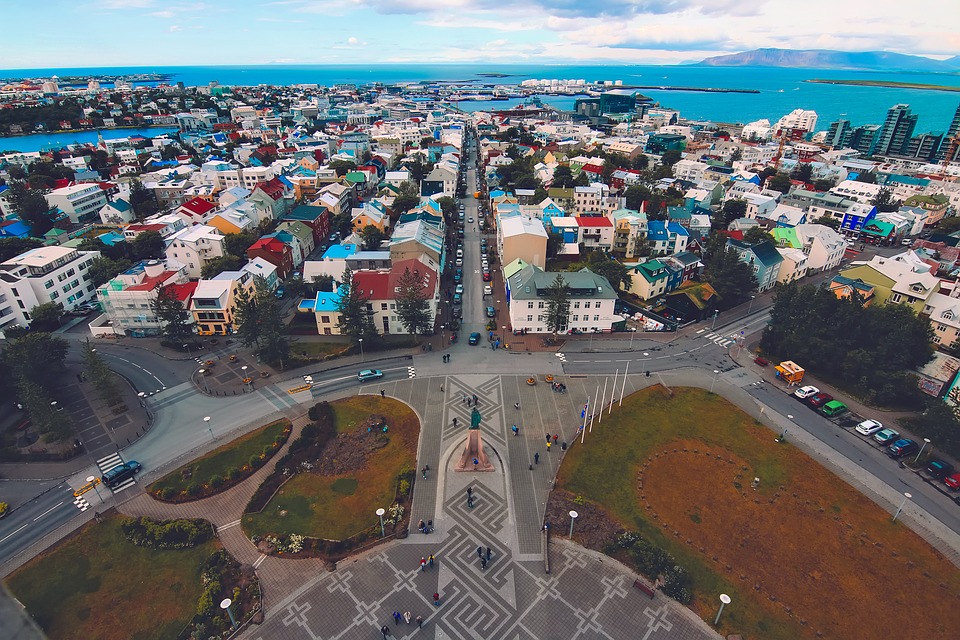Microsoft has signed a new deal to buy electricity from a 713.5MW offshore wind farm in the Netherlands.
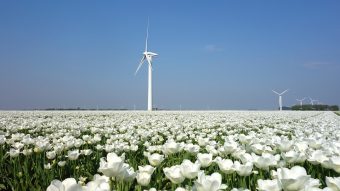
It is purchasing 90MW of power from the Borssele III/IV wind farm under a power purchase agreement (PPA) with Dutch developer Eneco.
Electricity generated from the offshore wind farm will be used to power Microsoft’s data centres for 15 years starting in 2022.
It is Microsoft’s 14th renewable PPA and brings its total clean energy portfolio to more than 1.5GW.
Hans Peters, Chief Customer Officer at Eneco sid: “Tech companies are facing the challenge to reduce their carbon footprints, mostly due to the vast energy consumption of their data centres. A global frontrunner like Microsoft does not see this as a challenge but as an opportunity to boost the energy transition.
“We are proud we can help them switch to a sustainable, smart and clean energy supply in the Netherlands. As a result, Microsoft is creating local opportunity, growth and impact while enabling Eneco to continue to invest in large-scale renewable energy projects like Borssele III/IV.”
Source: Energy Live News

